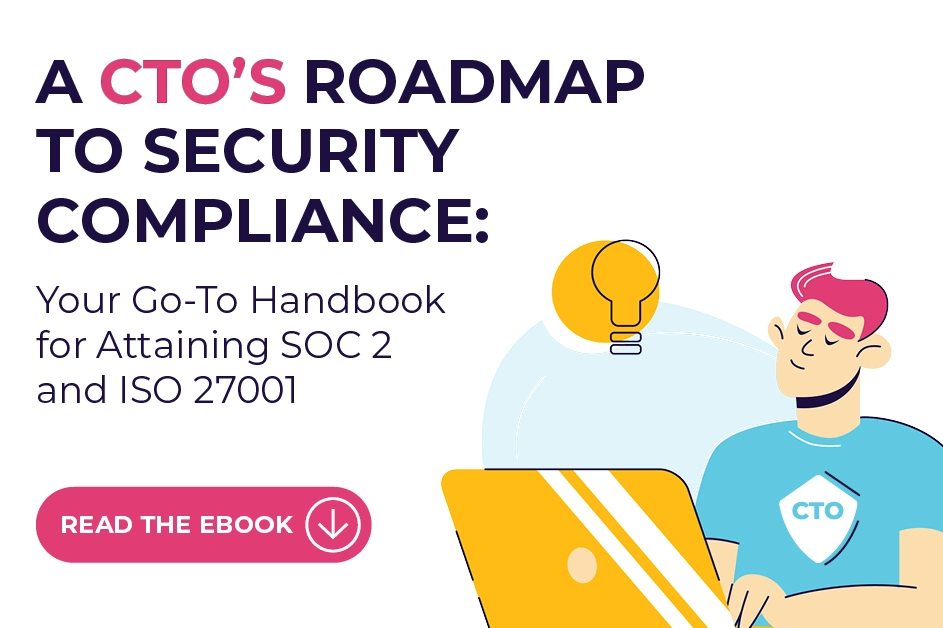In the evolving field of cybersecurity, artificial intelligence (AI) has become a powerful tool for both attackers and defenders. As attackers begin to use AI to automate and improve their tactics, defenders are forced to adapt and develop effective measures to protect their data.
Let’s delve deeper into the world of AI cyberattacks to understand why attackers use them, the different methods available, and the potential dangers. Then we’ll give you the knowledge you need to defend against these new threats.
Understanding AI-Based Cyber Attacks
AI-based cyberattacks harness the power of algorithms and machine learning to automate and optimize different phases of the attack lifecycle. These include:
- Reconnaissance: AI can scan and analyze massive amounts of data to identify vulnerabilities in networks and systems.
- Exploit development: AI can automatically generate and tailor exploits to specific vulnerabilities, increasing the likelihood of attacks being successful.
- Lateral movement: AI can move through networks more efficiently, allowing attackers to gain access to critical resources and sensitive information.
- Social Engineering: Artificial intelligence can be used to create personalized and convincing phishing emails or social media posts, making them difficult to detect and prevent. Attacks are getting increasingly more advanced with future attacks including realistically sounding phone calls from direct managers.
- DDoS attacks: Artificial intelligence can be used to create massive botnets and coordinate their activities, launching powerful DDoS attacks that can harm websites and networks.
These are just a few examples of how AI can be used in cyberattacks. As AI technology continues to advance, we can expect attackers to develop even more sophisticated and innovative techniques.
The Dangers of AI-Based Cyber Attacks
AI-based cyber attacks pose a significant threat to individuals, organizations, and critical infrastructure. Here are some of the potential dangers:
- Increased automation and efficiency: AI can automate many of the tasks involved in cyber attacks, making them faster and more efficient. This can lead to a higher volume of attacks and make it more difficult for defenders to keep up.
- Improved targeting and personalization: AI can analyze vast amounts of data to identify and target specific individuals or organizations with customized attacks. This can make attacks more effective and difficult to defend against.
- Enhanced stealth capabilities: AI can be used to develop more sophisticated malware and tools that are difficult to detect by traditional security systems. This can make it harder to identify and respond to attacks before they cause significant damage.
- Potential for escalation: As AI becomes more powerful, it could be used to develop autonomous weapons or launch large-scale cyberattacks that could cause widespread damage and disruption.
Defending Against AI-Based Cyber Attacks
While AI-based cyber attacks pose a significant threat, there are steps that can be taken to defend against them. Here are some key strategies:
- Adopt a layered security approach: This involves deploying multiple security solutions at different points of your network to protect yourself from a variety of threats. This includes enabling Multi-factor authentication, encryption on data at rest and in transit, and implement firewalls, to name a few.
- Use AI-powered security tools: There are a number of AI-powered security solutions available that can help you detect and respond to AI-based cyber attacks. These tools can analyze network traffic, identify anomalies, and even predict potential attacks. E.g. SentinalOne
- Implement strong authentication and authorization controls: This will help to prevent unauthorized access to your systems and data.
- Educate your employees: Awareness training can help employees to identify and avoid phishing attacks and other social engineering techniques.
- Stay up-to-date on the latest threats: Be sure to keep your software and systems up-to-date with the latest patches and security updates.
- Develop a comprehensive incident response plan: This will help you to quickly and effectively respond to cyber attacks.
By implementing these strategies, you can significantly improve your defenses against AI-based cyber attacks.
NIST CSF and ISO 27001: Building a Fortress Against AI-Powered Threats
Two prominent frameworks, the National Institute of Standards and Technology (NIST) Cybersecurity Framework (CSF) and the International Organization for Standardization (ISO) 27001, offer comprehensive guidance for implementing effective defense measures.
The NIST CSF provides a flexible and adaptable framework for managing cybersecurity risks. Its five core functions – Identify, Protect, Detect, Respond, and Recover – offer a structured approach to addressing AI-based threats:
- Identify: By identifying critical assets and potential vulnerabilities, organizations can prioritize resources and focus their efforts on areas most susceptible to AI attacks.
- Protect: The NIST CSF promotes implementing strong access controls, data encryption, and vulnerability management practices to establish a robust security posture against AI-powered exploits.
- Detect: Leveraging AI-powered security tools, organizations can detect anomalies and suspicious activity indicative of AI-based attacks, enabling swift intervention before they cause significant damage.
- Respond: An effective incident response plan outlined in the NIST CSF allows organizations to quickly contain and recover from AI attacks, minimizing disruptions and data loss.
- Recover: The NIST CSF emphasizes the importance of business continuity and disaster recovery plans, ensuring critical operations can be restored promptly following an AI attack.
ISO 27001 takes a more systemized approach to information security, focusing on establishing and maintaining an Information Security Management System (ISMS). This system provides a structured framework for implementing and managing security controls, including those relevant to mitigating AI-based threats:
- Risk assessment: ISO 27001 emphasizes identifying and assessing the risks posed by AI-powered attacks, allowing organizations to prioritize their defense strategy effectively.
- Access control: Implementing strong access controls and user authentication protocols minimizes the risk of unauthorized access, a key vulnerability exploited by AI attackers.
- Security awareness training: Educating employees about AI-based threats and social engineering tactics empowers them to identify and report suspicious activity, strengthening the overall security posture.
- Incident management: ISO 27001 promotes establishing a structured incident management process, ensuring quick and effective response to AI attacks to minimize damage and data loss.
- Vulnerability management: Regularly identifying and patching vulnerabilities in systems and software closes the loopholes that AI attackers often exploit.
By implementing both NIST CSF and ISO 27001, organizations can build a comprehensive and layered defense against AI-powered cyber attacks. The flexibility of NIST CSF allows organizations to tailor their approach based on their specific needs, while the structured systemization of ISO 27001 ensures consistent and effective implementation of security controls.
The use of AI in cyber attacks is only going to increase in the future. As AI technology continues to develop, attackers will have access to even more powerful tools and techniques. This means that organizations need to stay ahead of the curve and continuously adapt their defenses.













